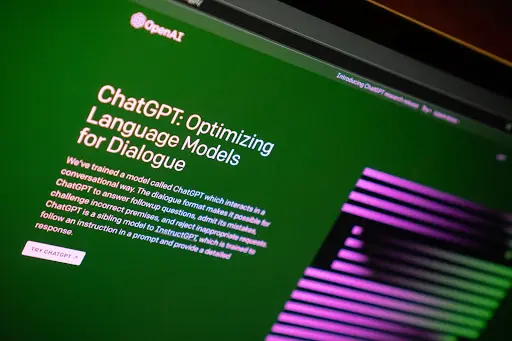Blog
Data Science & ML

Getting Started with Jupyter Online: A Simple Guide
Jupyter notebooks have emerged as a leading tool in data science and programming, providing an interactive and user-friendly …
See more

How to Write Data To Parquet With Python
In this blog post, we’ll discuss how to define a Parquet schema in Python, then manually prepare a Parquet table and write it to a …
See more

Parsing Data with ChatGPT
In this article, we will talk about data parsing, how ChatGPT parses data, and examine its advantages and limitations as a tool for …
See more

Access Denied Issues with Cross Account S3 Buckets
Cross account s3 buckets can lead to frustrating permissions issues
See more

Setting Up Kubeflow on AWS
In this article, we will guide you through creating custom pipelines using the Kubeflow Pipelines SDK and Jupyter Notebooks and show …
See more

How to Setup AWS Batch
In this article, we'll guide you through the core AWS Batch concepts and the process of setting up AWS Batch, from creating a computing …
See more


